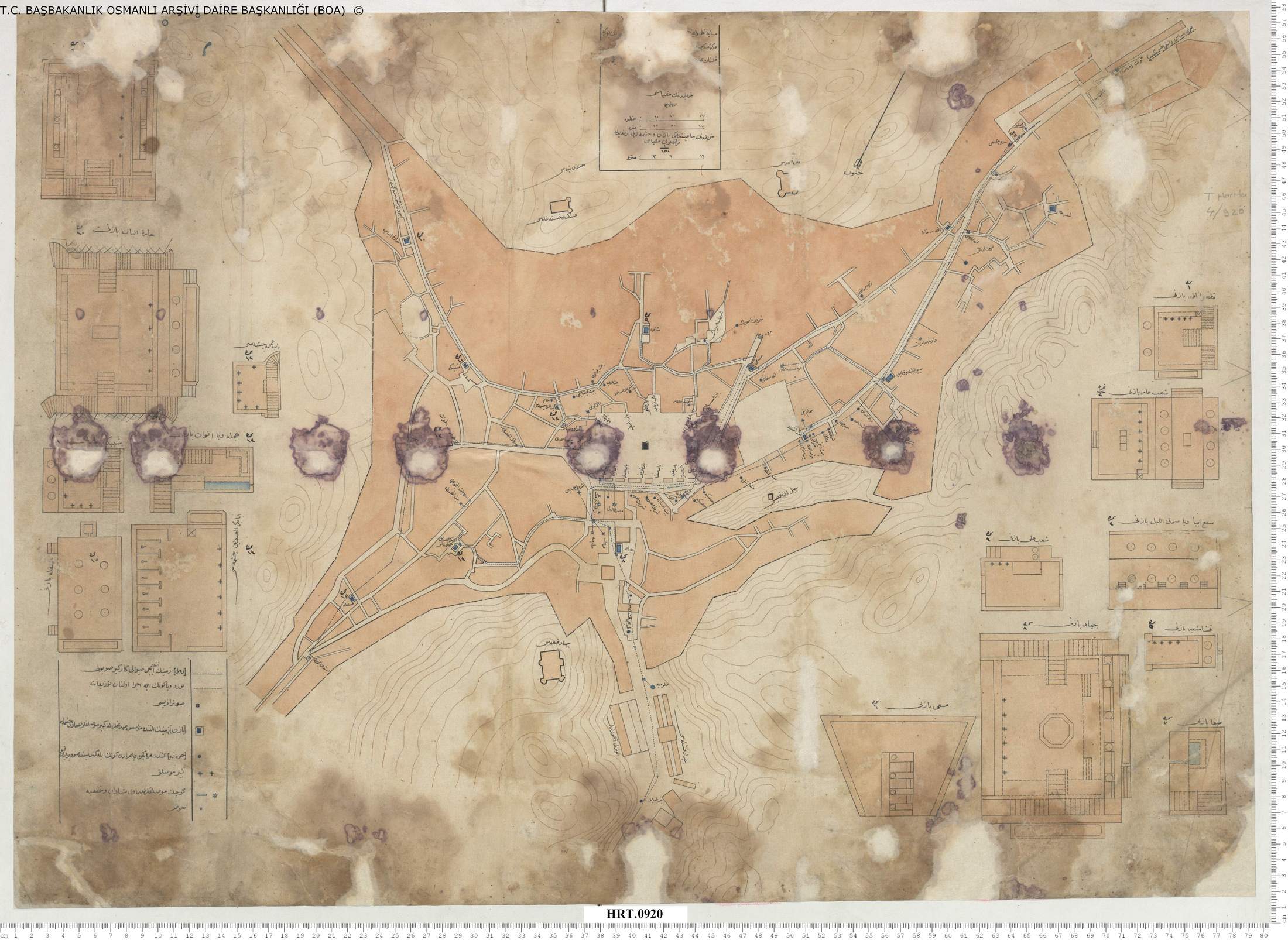In Ottoman History Podcast Episode 101, Chris Gratien interviews Michael Christopher Low to discuss his current research on the history of water infrastructure, disease, and the ecological transformations of the Arabian Peninsula over the past two centuries.
As Toby Jones argues in Desert Kingdom: How Oil and Water Forged Modern Saudi Arabia (2010), Saudi power has always been predicated on the state’s ability to wield technical expertise and master the environment. The two pillars of Saudi geological imperialism have been oil and water. Yet, there is a tendency to forget that despite the initial discovery of oil in 1933, oil revenues did not begin to radically alter the Saudi state’s capacity for rapid development and authoritarian control until well after World War II. During those early decades, the main source of revenue for the Saudi government continued to come from taxes generated by the hajj. As both US and British archival sources make clear, the initial aims of geological surveying carried out by Western experts often had more to do with the hajj and water security than with petroleum. Thus, investments in water infrastructure were not of secondary importance to oil exploration. The tendency to overlook these early decades also makes it more difficult for us to grasp the continuities between the environmental and sanitary projects carried out by the Ottoman Empire in the Hijaz and those of the early Saudi state. So far, scholarship on the late Ottoman Hijaz has focused on Pan-Islam, the Hijaz Railway, and the inter-imperial debates surrounding cholera and quarantine. In Ottoman documents, however, the provision of potable water (su tedariki) often occupied as much or more attention. This podcast explores how late Ottoman efforts to rescue the Hijaz from chronic water insecurity reveals an environmental pre-history of the making of the Saudi state, suggesting the template that would be resurrected and directly referenced by the Saudi monarchy, British engineering firms, and the US geologists and oil men who helped shape the petro-state we now know.
Ottoman History Podcast is a weekly Internet radio program, recorded in English and Turkish, that features academic discussion of emerging topics in the study of the Ottoman Empire and the modern Middle East. Guests include scholars and researchers from a number of disciplines who discuss particular topics in a conversational interview format. Ottoman History Podcast can be followed through its blog as well as an active Facebook group that also posts pictures and links of interest for students of history and casual audiences alike. For more content and maps associated with this podcast, also see Ottoman History Podcast’s sister site, The Afternoon Map.

This map was a repair plan for Mecca’s water infrastructure. It depicts the principal route of the ‘Ayn Zubayda watercourse (su yolu) en route to the Haram, smaller distribution pipelines (boru) radiating out to the city’s neighborhoods, fountains (çeşme) with underground cisterns (sahrınç), large taps (musluk), ablution stations with smaller taps (şadırvan), wells (kuyu), and basins (havuz). Source: BOA, HRT 920.